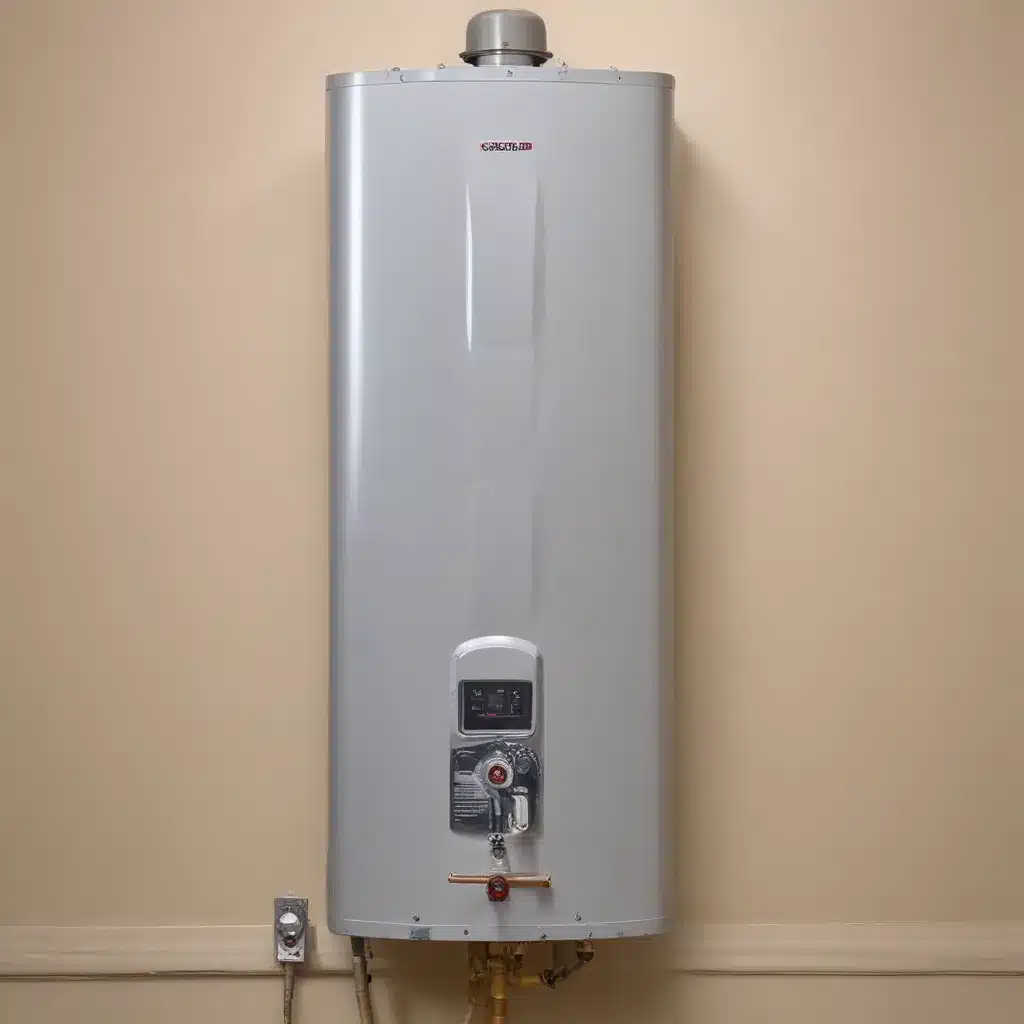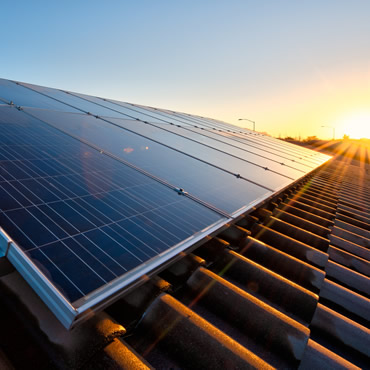
In our pursuit of home efficiency, we recognize the essence of regular maintenance, especially when it comes to our tankless water heaters. We learned this the hard way when dealing with complex water heater issues… Learning how to descale a tankless water heater is an integral part of ensuring dependable hot water flow and appliance longevity. We’re here to share the steps and expert insights on tankless water heater descaling, a necessary task to mitigate the detrimental effects of mineral buildup in regions with hard water.
Water Heater Systems
Tankless water heaters have emerged as a popular choice for homeowners seeking an efficient and space-saving alternative to traditional storage tank systems. These on-demand heaters provide hot water only when needed, eliminating the standby energy losses associated with stored water. However, one of the primary challenges faced by tankless water heater owners is the accumulation of mineral deposits, which can significantly impact the system’s performance and lifespan.
Types of Water Heaters
Tankless Water Heaters: Tankless, or on-demand, water heaters heat water instantaneously as it flows through the system, eliminating the need for a storage tank. These compact units offer improved energy efficiency and endless hot water supply, making them an increasingly popular choice for modern homes.
Traditional Storage Tank Water Heaters: Conventional water heaters store heated water in a tank, ready for use when needed. While generally more affordable, these systems can be less energy-efficient due to standby heat losses from the stored water.
Water Heater Maintenance
Mineral Buildup in Tankless Systems
Causes of Mineral Buildup: In areas with hard water, high concentrations of minerals such as calcium and magnesium can accumulate within the tankless water heater’s internal components. This mineral buildup, known as scale, can have a detrimental impact on the system’s performance and longevity.
Impact on System Performance: When scale deposits gather in the heat exchanger or water pathways, they can impede water flow, reduce heat transfer efficiency, and cause the water heater to work harder to maintain the desired temperature. This leads to increased energy consumption, inconsistent hot water supply, and potential damage to the system’s components.
Descaling Techniques
Chemical Descaling Methods: One common approach to removing mineral buildup is through the use of chemical descaling agents. These specialized solutions, such as Haymaker Tankless Water Heater Descaler, are formulated to effectively dissolve and flush out scale deposits without damaging the tankless water heater’s components.
Mechanical Descaling Approaches: In some cases, particularly when dealing with stubborn scale buildup, mechanical descaling methods may be necessary. This involves the use of specialized tools to physically remove the deposits from the heat exchanger and internal pathways, restoring the system’s efficiency.
Preventive Maintenance Strategies
Regular System Flushing: Implementing a routine flushing schedule for your tankless water heater is a proactive step in preventing mineral buildup. This process involves circulating a descaling solution through the system to remove any accumulated scale.
Filtration and Water Treatment: Installing water filtration systems or utilizing water softeners can help mitigate the effects of hard water by reducing the mineral content before it enters the tankless water heater. This preventive approach can significantly extend the system’s lifespan and maintain its optimal performance.
Plumbing Techniques
Pipe Material Selection
Copper Piping: Copper is a popular choice for water heater plumbing due to its durability, corrosion resistance, and ability to withstand high temperatures. Copper pipes can effectively transport hot water while minimizing the risk of leaks or damage.
PEX Tubing: Cross-linked polyethylene (PEX) piping has gained traction in recent years as an alternative to traditional copper. PEX offers flexibility, ease of installation, and resistance to mineral buildup, making it a suitable option for tankless water heater systems.
Leak Detection and Repair
Identifying Leaks: Regularly inspecting the tankless water heater system, including the connections and surrounding areas, can help detect any potential leaks early on. Telltale signs of leaks may include water stains, dampness, or the sound of dripping water.
Fixing Leaks: Once a leak is identified, it’s crucial to address the issue promptly. This may involve tightening fittings, replacing worn gaskets or seals, or, in more severe cases, replacing sections of the plumbing system to prevent further water damage and double-check that the continued reliability of the tankless water heater.
Pressure and Temperature Regulation
Pressure Relief Valves: Proper pressure regulation is essential for the safe and efficient operation of a tankless water heater. Pressure relief valves are designed to automatically release excess pressure, protecting the system from potentially dangerous situations.
Thermostat Adjustment: Ensuring the tankless water heater’s thermostat is set to the recommended temperature can help maintain optimal performance and prevent scalding. Regular checks and adjustments, as needed, can help strike the right balance between energy efficiency and user comfort.
Installation Methods
Site Preparation
Electrical Requirements: Tankless water heaters often require a dedicated high-amperage electrical circuit to power the heating elements and control systems. Ensuring the electrical infrastructure can accommodate the specific needs of the tankless unit is crucial during the installation process.
Venting Considerations: Proper venting is essential for the safe and efficient operation of gas-powered tankless water heaters. The installation might want to comply with local building codes and manufacturer recommendations to double-check that adequate air supply and exhaust ventilation.
Tankless Water Heater Placement
Indoor vs. Outdoor Installation: Tankless water heaters can be installed indoors or outdoors, depending on the climate and available space. Outdoor installations may require additional weatherproofing measures, while indoor units need to be situated with proper ventilation and accessibility in mind.
Space and Accessibility: Tankless water heaters are typically more compact than traditional storage tank models, but they still require adequate clearance around the unit for maintenance, repair, and potential replacement. Ensuring the installation location provides easy access to the tankless system is essential for long-term upkeep.
Integration with Existing Plumbing
Retrofitting Tankless Systems: When replacing a traditional storage tank water heater with a tankless unit, the existing plumbing infrastructure may need to be adapted. This may involve adjustments to the water supply lines, drainage, and electrical connections to double-check that a seamless integration.
Connecting to Water Supply: Proper integration of the tankless water heater with the home’s water supply is crucial for its efficient and reliable operation. This includes connecting the unit to the main water line, ensuring adequate water pressure, and addressing any potential issues with water quality or mineral content.
By understanding the complexities of water heater systems, mastering effective descaling techniques, and applying sound plumbing and installation principles, homeowners and professionals can double-check that the longevity and optimal performance of their tankless water heaters. Regular maintenance, coupled with proactive measures, can save money, enhance energy efficiency, and provide a reliable source of hot water for years to come.
For more information and expert guidance on water heater methods, plumbing solutions, and advanced installation techniques, visit waterheaterpick.com.
Example: Addressing Leaks in Water Heaters 2023

